Montreal seasoning is a bold, aromatic spice blend that's perfect for elevating chicken dishes. Originating from Montreal, Canada, this versatile mix of peppercorns, garlic, coriander, and paprika adds savory depth to poultry without overpowering its natural flavor. Whether you're grilling, roasting, or baking, this seasoning transforms ordinary chicken into a restaurant-quality meal.
Why use it on chicken? Unlike bland seasonings, Montreal spice delivers layered flavors that complement poultry's mild taste. Its peppery, garlicky profile creates a delicious crust when grilled or roasted, while the smoky sweetness from paprika enhances juiciness. Below, we'll cover everything you need to know to use it perfectly.
| Ingredient | Flavor Contribution |
|---|---|
| Black Pepper | Pungent, earthy heat |
| Garlic | Umami depth and savory kick |
| Coriander | Citrusy warmth |
| Paprika | Smoky sweetness and color |
| Fennel or Mustard Seed | Bitter complexity |
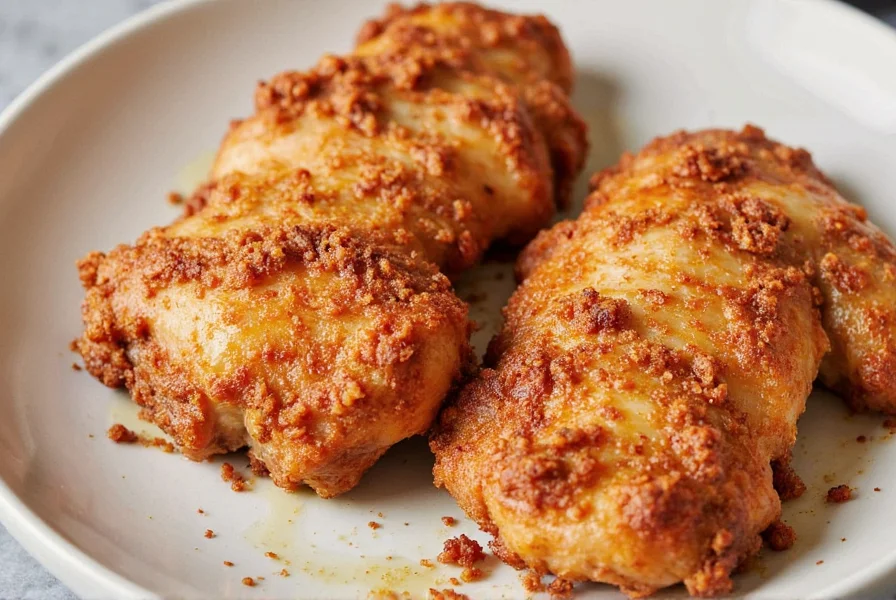
Why Use Montreal Seasoning on Chicken?
Chicken can be bland if not seasoned properly. Montreal seasoning solves this with its complex flavor profile:
- Layers of Flavor: Unlike single-note seasonings, Montreal spice offers a symphony of taste notes that complement chicken's mildness.
- Savory Depth: Garlic and pepper create a rich umami backbone that enhances poultry naturally.
- Grill-Friendly: Ideal for grilling, roasting, or pan-searing, it forms an irresistible crust while locking in moisture.
| Seasoning Type | Flavor Profile | Best Used For |
|---|---|---|
| Montreal Seasoning | Peppery, garlicky, smoky | Grilled, roasted, seared chicken |
| Italian Herb Mix | Herby, fresh, citrusy | Pasta, salads, baked chicken |
| Tex-Mex Blend | Spicy, smoky, chili-forward | Tacos, burritos, enchiladas |
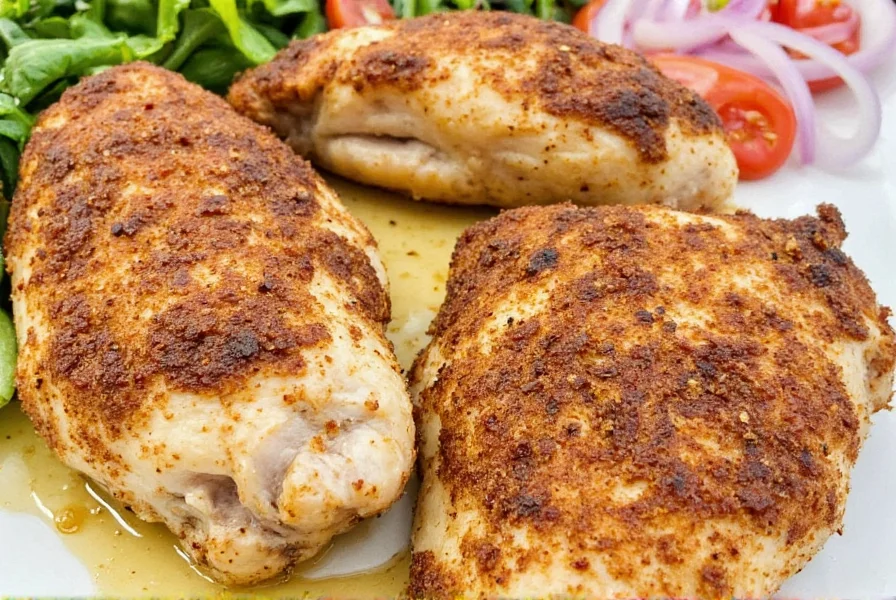
How to Use Montreal Seasoning on Chicken
Using Montreal seasoning couldn't be simpler. Here are foolproof methods:
Method 1: Dry Rub
- Pat chicken dry with paper towels.
- Evenly sprinkle Montreal seasoning over both sides.
- Let sit for 15–30 minutes before cooking.
Method 2: With Oil or Butter
- Mix Montreal seasoning with olive oil or melted butter.
- Rub mixture under the skin or on top of the chicken.
- Perfect for oven-roasted or grilled birds.
Method 3: Marinade
- Combine Montreal seasoning with lemon juice, yogurt, or vinegar.
- Marinate chicken for 1–4 hours in the fridge.
- Ideal for juicy grilled chicken kebabs or thighs.
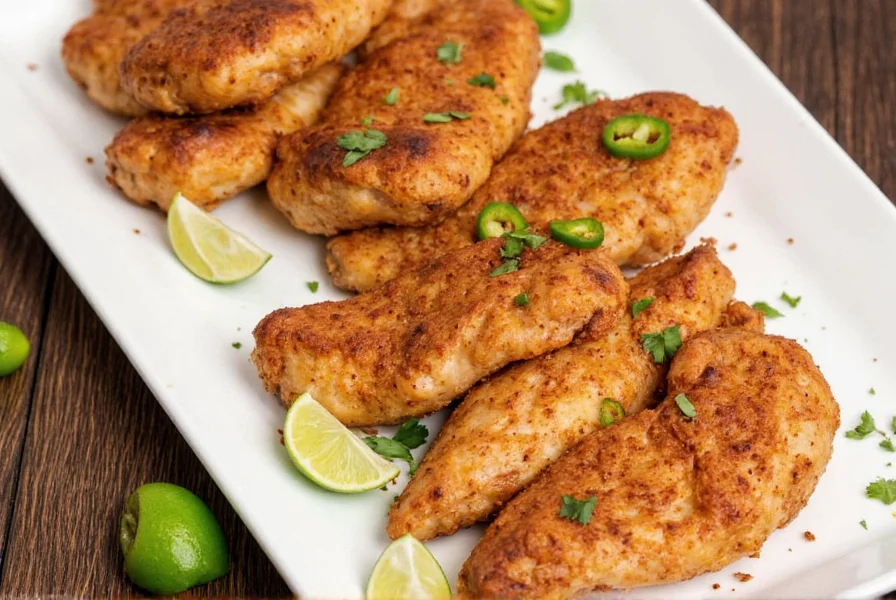
Top 5 Montreal Seasonings for Chicken
Ready to level up your spice game? Here are five top picks tailored for chicken lovers:
1. McCormick Gourmet Montreal Steak Seasoning
- Features: Balanced blend of garlic, black pepper, paprika, and coriander.
- Advantages: Widely available, affordable, and consistent flavor.
- Use Cases: Perfect for quick weeknight meals or grilling.
2. Les Épices de Cru Montreal Steak Spice
- Features: Authentic Montreal brand with whole-spice grind.
- Advantages: Bold flavor, artisanal quality, slight heat.
- Use Cases: Ideal for grilled chicken or steakhouse vibes at home.
3. Badia Montreal Seasoning
- Features: Slightly more salt-heavy, but still flavorful.
- Advantages: Great value pack size, easy to find in most grocery stores.
- Use Cases: Good for bulk seasoning needs like wings or skewers.
4. Spice Hunter Organic Montreal Seasoning
- Features: USDA organic certified with all-natural ingredients.
- Advantages: Clean label, free from additives or preservatives.
- Use Cases: Health-focused cooking, clean eating plans.
5. DIY Homemade Montreal Seasoning
- Features: Customize the heat and balance to your taste.
- Advantages: Cost-effective, no fillers, full control over ingredients.
- Use Cases: Cooking shows, meal prepping, gifting homemade blends.
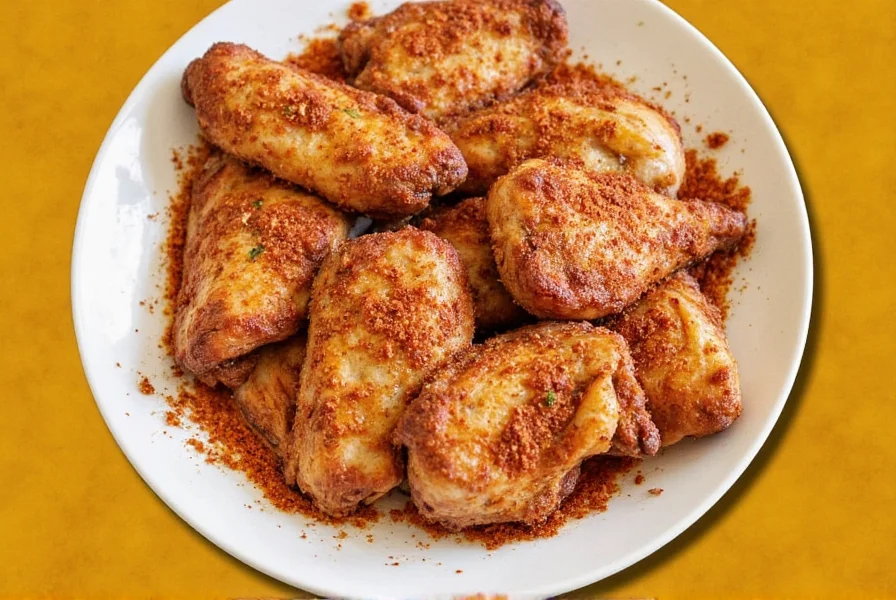
Buying Guide: How to Choose the Best Montreal Seasoning for You
When shopping for Montreal seasoning, consider these factors:
1. Ingredient Quality
Check for real spices—no artificial flavors or anti-caking agents. Organic or non-GMO options are ideal.
2. Salt Content
Some brands add extra salt. Look for low-sodium versions if watching sodium intake.
3. Heat Level
Want more fire? Look for blends with crushed red pepper flakes or cayenne. Prefer milder? Stick with standard recipes.
4. Grind Texture
Coarse blends offer texture and crunch; fine ones melt into sauces better.
5. Brand Reputation
Stick with trusted names unless you're feeling adventurous. Local spice shops may offer unique twists.
6. Price Point
Premium blends are nice, but many high-quality options exist at mid-range prices. Consider cost per ounce based on usage frequency.
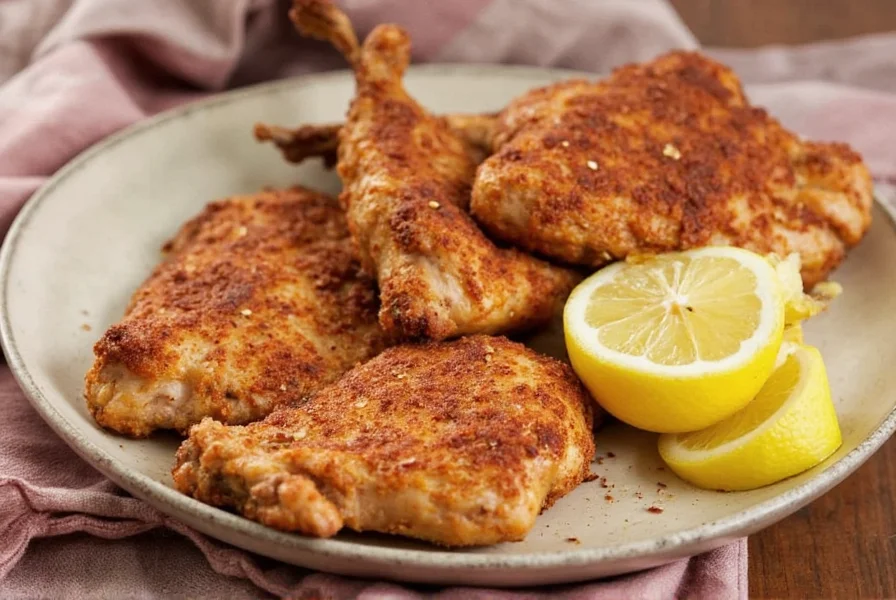
Easy Chicken Recipes with Montreal Seasoning
Turn that seasoning into deliciousness with these simple recipes:
1. Montreal-Spiced Chicken Skillet
- Ingredients: Chicken thighs, onion, bell pepper, Montreal seasoning, olive oil, broth.
- Method: Sauté veggies, season chicken, brown, simmer for 30 mins. Serve with rice or bread.
2. Smoked Chicken Wings with Montreal Rub
- Ingredients: Chicken wings, Montreal seasoning, applewood chips, barbecue sauce (optional).
- Method: Toss wings in seasoning, smoke at 225°F for 1 hour, finish on high heat. Serve with ranch or blue cheese dip.
3. One-Pan Lemon Montreal Chicken
- Ingredients: Chicken breasts, lemon slices, garlic, white wine, Montreal seasoning, thyme.
- Method: Bake everything together at 375°F for 35–40 minutes. Juicy, fragrant, and restaurant-worthy!
4. Montreal Chicken Tacos
- Ingredients: Boneless chicken thighs, taco shells, avocado, lime, cilantro, red onion.
- Method: Grill or sauté seasoned chicken, shred, then load tacos with toppings. Add lime for freshness.
5. Sheet Pan Montreal Chicken & Veggies
- Ingredients: Chicken drumsticks, baby potatoes, carrots, Montreal seasoning, olive oil.
- Method: Toss all ingredients, roast at 400°F until golden. Minimal cleanup, maximum flavor.
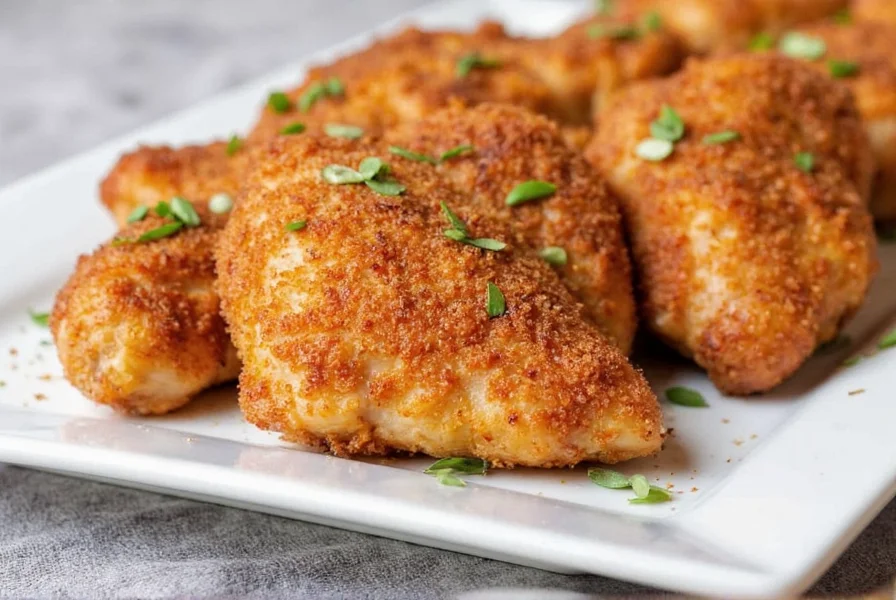
Frequently Asked Questions
What's the best way to use Montreal seasoning for juicy chicken?
The key to juicy chicken with Montreal seasoning is using it with fat or moisture. Mix with olive oil, melted butter, or yogurt before applying. Let sit 15–30 minutes before cooking. Avoid overcooking—chicken breasts are done at 165°F (74°C) internal temperature.
How much Montreal seasoning should I use per pound of chicken?
Use 1–2 tablespoons per pound. Start with 1 tablespoon if new to the flavor, then adjust. Reduce additional salt since many blends contain significant salt.
Does Montreal seasoning make chicken too salty?
Many commercial blends contain salt, but garlic, pepper, and other spices balance it. For salt-sensitive diets, choose low-sodium or salt-free versions.
Can I use Montreal seasoning on chicken before grilling?
Absolutely! Pat chicken dry, apply seasoning (optionally mixed with oil), and let sit 20–30 minutes before grilling. The seasoning creates a beautiful crust while locking in juices. Watch for burning due to sugar content in some blends.
How long should chicken marinate with Montreal seasoning?
Marinate 1–4 hours for optimal flavor. Dry rubs need 30 minutes to 2 hours. Wet marinades (with oil, yogurt, or acid) shouldn't exceed 4 hours for breast meat to avoid mushiness. Thighs and drumsticks can handle up to 8 hours.
Which chicken cuts work best with Montreal seasoning?
All cuts work well, but darker meat (thighs and drumsticks) handles bold flavors better and stays juicier. Chicken breasts are delicious when pounded to even thickness and not overcooked. Skin-on cuts help seasoning adhere and render beautifully.
Can I use Montreal seasoning in chicken soup or stews?
Yes! Add 1–2 teaspoons per quart of broth. Sauté chicken with seasoning before adding liquids for deeper flavors through the Maillard reaction. Coriander and garlic notes shine in liquid-based dishes.
How do I store homemade Montreal seasoning?
Store in an airtight container in a cool, dark place for 6–12 months. Refrigerate for 6–18 months or freeze for up to 2 years. Avoid heat sources like stoves to prevent flavor degradation.
Conclusion
Making the leap from plain chicken to perfectly seasoned bird status has never been easier—and Montreal seasoning is your secret weapon. Whether you're grilling, baking, or tossing chicken onto tacos, this versatile spice blend brings bold, complex flavor without needing a chef's training.
From store-bought convenience to crafting your own custom blend, there's a Montreal seasoning solution for every palate and budget. And with our expert tips and easy recipes, you're all set to transform your next chicken dish into a showstopper.
So go ahead—sprinkle generously, savor deeply, and let your chicken shine!

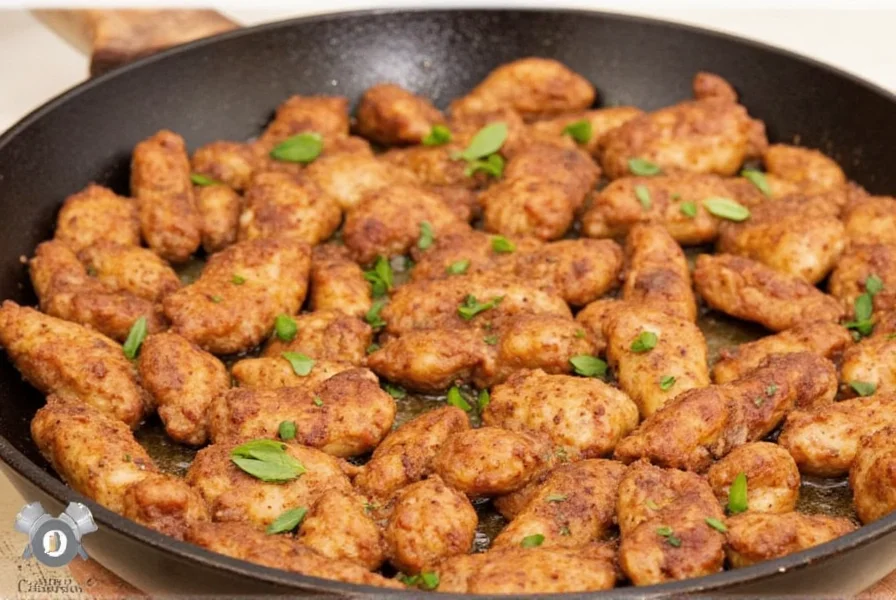









 浙公网安备
33010002000092号
浙公网安备
33010002000092号 浙B2-20120091-4
浙B2-20120091-4